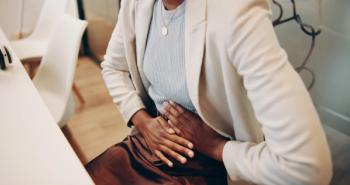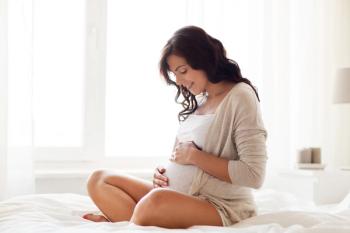
Additional HPV booster found nonsuperior to standard 2-dose regimen
A 13-year randomized trial finds no added benefit from a booster dose in preventing persistent HPV-16 and HPV-18 infections.
Both a 2-dose quadrivalent human papillomavirus (4vHPV) vaccine and 2+1 dose schedule significantly reduce the incidence of HPV-16 and HPV-18 incidence, according to a recent study published in JAMA Network Open.1
Background on HPV vaccination
Vaccinations against HPV have been available for decades, with the original regimen of a 3-dose, 6-month schedule recommended for female patients aged 9 to 26 years.2 However, alternative schedules have been evaluated, including administration of a booster dose before the age when sexual activity often begins.1
“No randomized study has compared the effectiveness of the 2-dose (administered at 0 and 6 months) and 2 + 1–dose (administered at 0, 6, and 60 months) schedules for up to 13 years,” wrote investigators.
Comparing vaccine efficacy
To compare the efficacy of a 2-dose 4vHPV schedule with a 2 + 1–dose schedule against persistent HPV-16 and HPV-18 infection for up to 10 years, investigators conducted a 2-arm, parallel, noninferiority randomized controlled trial. Recruitment was accomplished by contacting parents through mail or telephone.
Participants included girls who were aged 9 to 11 years 5 years prior and received the first dose of 4vHPV at that time. Patients also had to receive 2 doses of the regimen 6 months apart, display immunocompetence at first dose, not be pregnant, and reside in one of the recruitment regions.
Randomization 2:1 to the 2-dose or 2 + 1–dose group was performed in the study population. Patients were taught how to perform a self-collected vaginal sample at the recruitment visit. Demographic data, medical history, and sexual and reproductive behaviors were obtained through an online questionnaire.
Sample collection and HPV incidence
Self-sampling kits were provided to patients every 6 months for 5 years, with the exception of a 6-month interruption during the COVID-19 pandemic. Follow-up was extended for up to 13 years after administration of the first dose.
Persistent HPV-16 or HPV-18 infection was reported as the primary outcome, defined by 2 consecutive vaginal samples self-collected 5 to 15 months apart. Rates of HPV-6, -11, -16, -18, -31, -33, -45, -52, and -58 at 60, 90, and 120 months following the first dose were reported as secondary outcomes.
Participant demographics and behavior
There were 3356 participants included in the final analysis, aged a mean 14.8 years at recruitment. Approximately 92% were born in Canada, with 5.7% being English Canadians, 85.4% French Canadians, 4.2% South, Central, or Latin Americans, and 27.5% other ethnicities.
Hormonal contraception was reported in 21.2% of patients, ever smoking in 7.9%, and ever having sex in 16.1%. A median follow-up period after the first dose of 10.9 years was reported.
Of participants, 23.2% sent all scheduled swabs, while 6.4% of swabs were not returned by participants. Additionally, 1.8% of swabs were invalid.
HPV test results
A positive HPV test result was reported in 18.5% of valid swabs obtained from the 2-dose group vs 18% from the 2+1-dose group. No positive test result during the study period was reported in 60.3% and 60.2%, respectively.
When expanding the range of genotypes assessed, an increase in rates was observed in both groups. However, rates of under 1% remained for vaccine-type HPVs, including genotypes 6, 11, 16, and 18.
HPV-16 and HPV-18 were detected in 0.1% of the 2-dose group and 0.2% of the 2+1-dose group. HPV-6 and HPV-11 rates were under 0.1% and 0.1%, respectively. This highlighted no significant differences between groups.
“This finding suggests that a booster dose administered 5 years after the first 2 doses may not provide additional benefit,” wrote investigators. “Nevertheless, HPV vaccination is an exceptionally effective preventive intervention.”
References
- Sauvageau C, Mayrand M, Ouakki M, et al. Protection against persistent HPV-16/18 infection after different number of doses of quadrivalent vaccine in girls and young women: a randomized clinical trial. JAMA Netw Open. 2025;8(7):e2519095. doi:10.1001/jamanetworkopen.2025.19095
- Safety of HPV vaccines. World Health Organization. July 14, 2017. Accessed July 15, 2025. https://www.who.int/groups/global-advisory-committee-on-vaccine-safety/topics/human-papillomavirus-vaccines/safety
Newsletter
Get the latest clinical updates, case studies, and expert commentary in obstetric and gynecologic care. Sign up now to stay informed.











